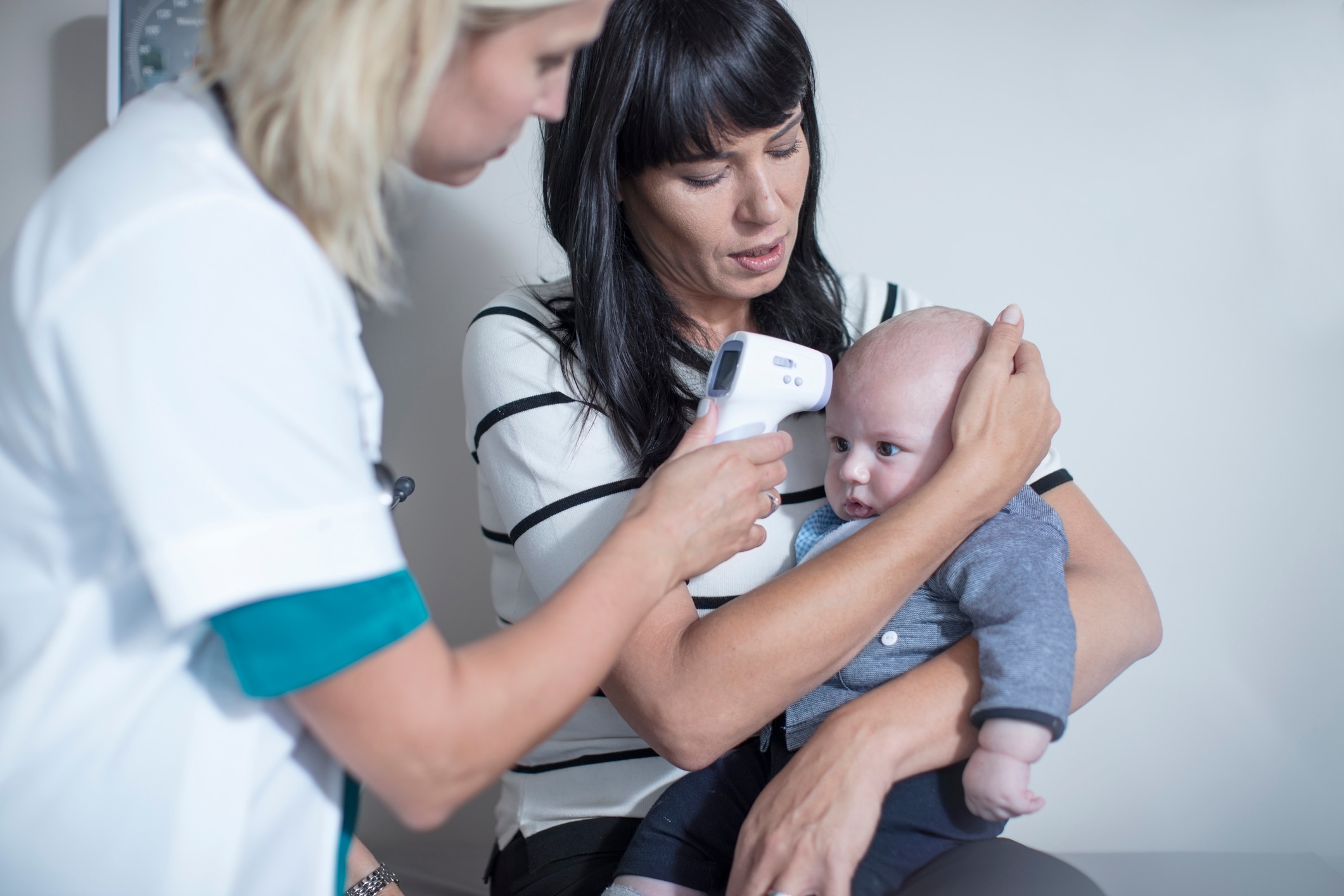As a mother of three, I’ve unfortunately dealt with my fair share of rashes, itches, and bumps amongst my children. I know that I wished I had a “quick guide” to help me through those tough times.
To be as helpful as possible, I’ve compiled exactly that – a “quick guide” to scabies and I’ve also included a link to an eBook download that you might find useful as you seek to solve your baby’s rashes, deal with immunizations, and handle other challenges you might be facing with your little one.
So let’s start out with the basics:
What is scabies in children?
-
Itchy rash that is caused by a small bug known as a mite.
-
The tiny parasitic female mites enter the skin folds (like between the fingers) and burrows under the skin to deposit their eggs causing a skin irritation
-
The rash that appears is a result of an allergic reaction to the eggs and droppings deposited by the mites
-
The mites cannot live for more 48 – 71 hours without a human to live on
-
Extremely itchy and uncomfortable but very common in children
What ages of children are usually affected by scabies?
-
All ages of children can be infected
-
Children in day care, school and nurseries are most at risk
Is scabies contagious and how is it spread?
-
Extremely contagious
-
Children are no longer contagious after one treatment with the prescribed ointment
-
Can be passed through skin-to-skin contact with an infected person
-
Can also be passed by sharing towels, clothing or bedding
-
Avoid contact with anyone that has been infected
-
Easily spreads between those living in the same house
How does scabies show itself in children?
-
Extremely itchy and uncomfortable for child
-
Several small red, crusty bumps develop causing an extremely itch rash usually:
-
If under the age of 2, the rash develops on: The head, Neck, Palms, Soles of feet
-
If over the age of 2, the rash usually develops on: Between the fingers (or the finger “webs), Hands, wrists and in the armpits, Chest and belly button, Elbows and knees, Thighs and along the belt line, Genitals
-
There will be curvy, fine, thread-like red lines (sometimes with a tiny black speck at one end) that show where the mites have burrowed under the skin (best seen with a magnifying glass)
-
Little pimples or large, fluid-filled blisters may also appear
-
If the spots are itched, a scab will form and may become infected with bacteria
-
Itching is extremely bad at night or after a hot bath
How can scabies be prevented from spreading?
-
If a child has scabies, everyone in the house needs to be treated so that the infection doesn’t spread or reoccur.
-
Once scabies has been confirmed:
-
Vacuum floors, carpets, rugs and upholstered furniture in the entire house (discard the vacuum bag immediately afterward – outside of the house)
-
Wash all clothing, towels and bedding in hot water and dry in a hot dry or have them professionally dry cleaned
-
Wash all toys and objects that have been touched by infected child in hot, soapy water
-
Any stuffed animals, toys, pillows, clothing or other objects that cannot be washed need to be sealed in a plastic bag for at least one week as this will kill any of the mites living on them
How can scabies be treated?
-
The doctor will prescribe a topical cream or ointment that will have to be applied from the neck down on every inch of the child’s body to kill the mites (including beneath the fingernails and toenails, and inside the navel, in the buttock crease and between the toes)
-
The cream or ointment will have to stay on the skin for 8 – 48 hours (as prescribed by the doctor) and then be washed off
-
May also prescribe an oral antihistamine or cortisone cream for help with the itching
-
A cool bath may help with the child’s discomfort
-
Trim the child’s nails as short as possible to help with keeping the child from scratching
-
Light mittens or socks on a child’s hands will help keep the child from scratching
How long does scabies last?
-
For the first case of scabies, it will typically be 4 – 6 weeks after the mites enter the body before the immune system develops an allergic response and the rash develops
-
For recurring cases, it will typically be 1 – 3 days after the mites enter the body before the rash will show.
-
New burrows and rashes should stop appearing 48 hours after the first treatment
-
The rash will last 2 – 6 weeks
-
But the itching can continue for as long as 3 weeks after the rash goes away
Call the doctor if:
-
You suspect the child has thrush so the doctor can make an appropriate diagnosis and prescribe a medication
-
The rash continues to spread even after treatment has begun
Here is a link to the e-Book about pediatric medications I put together that might help you. It covers all sorts of topical creams and ointments that you can use to help your child with his symptoms.
Note: a version of this post originally appeared here





